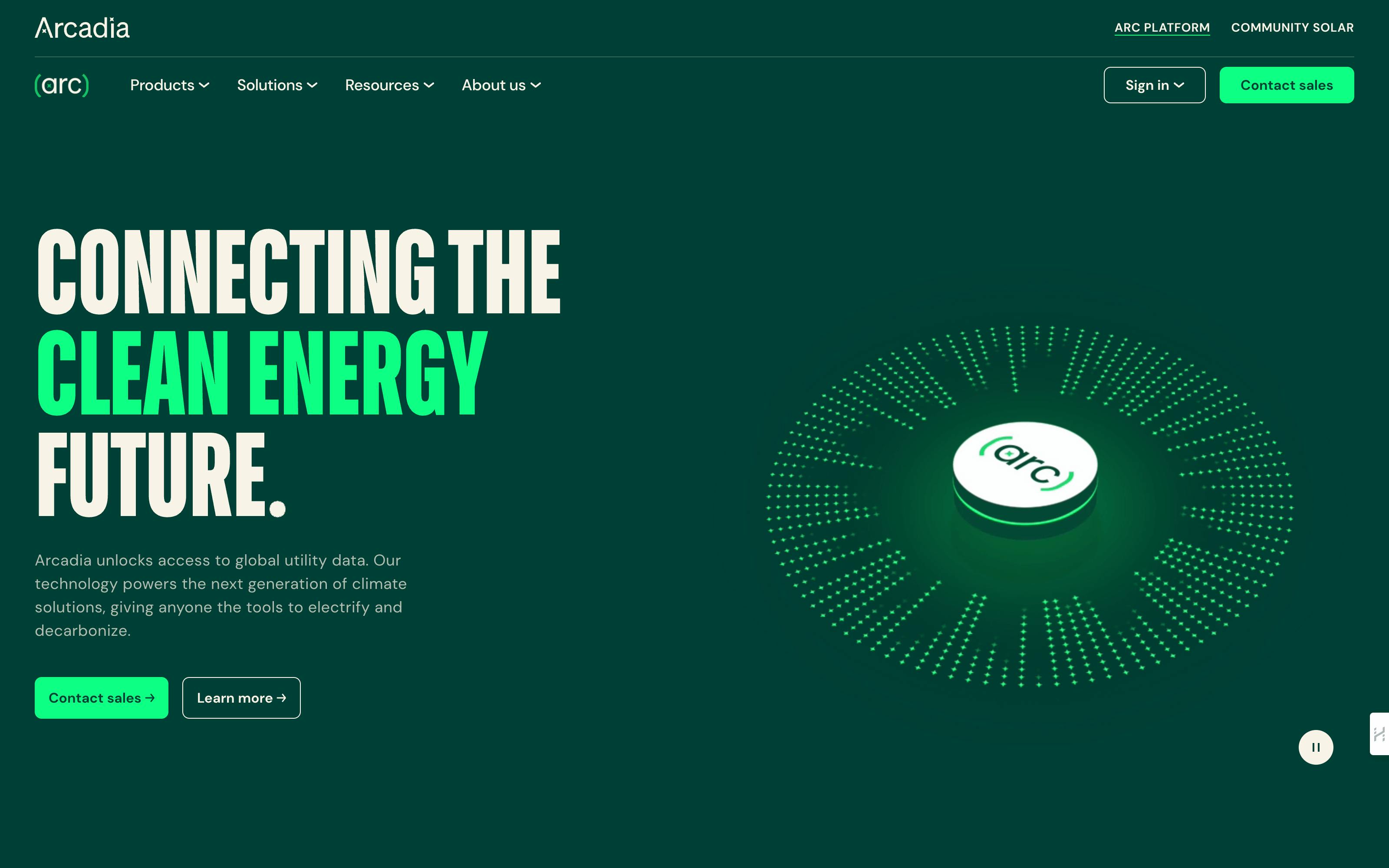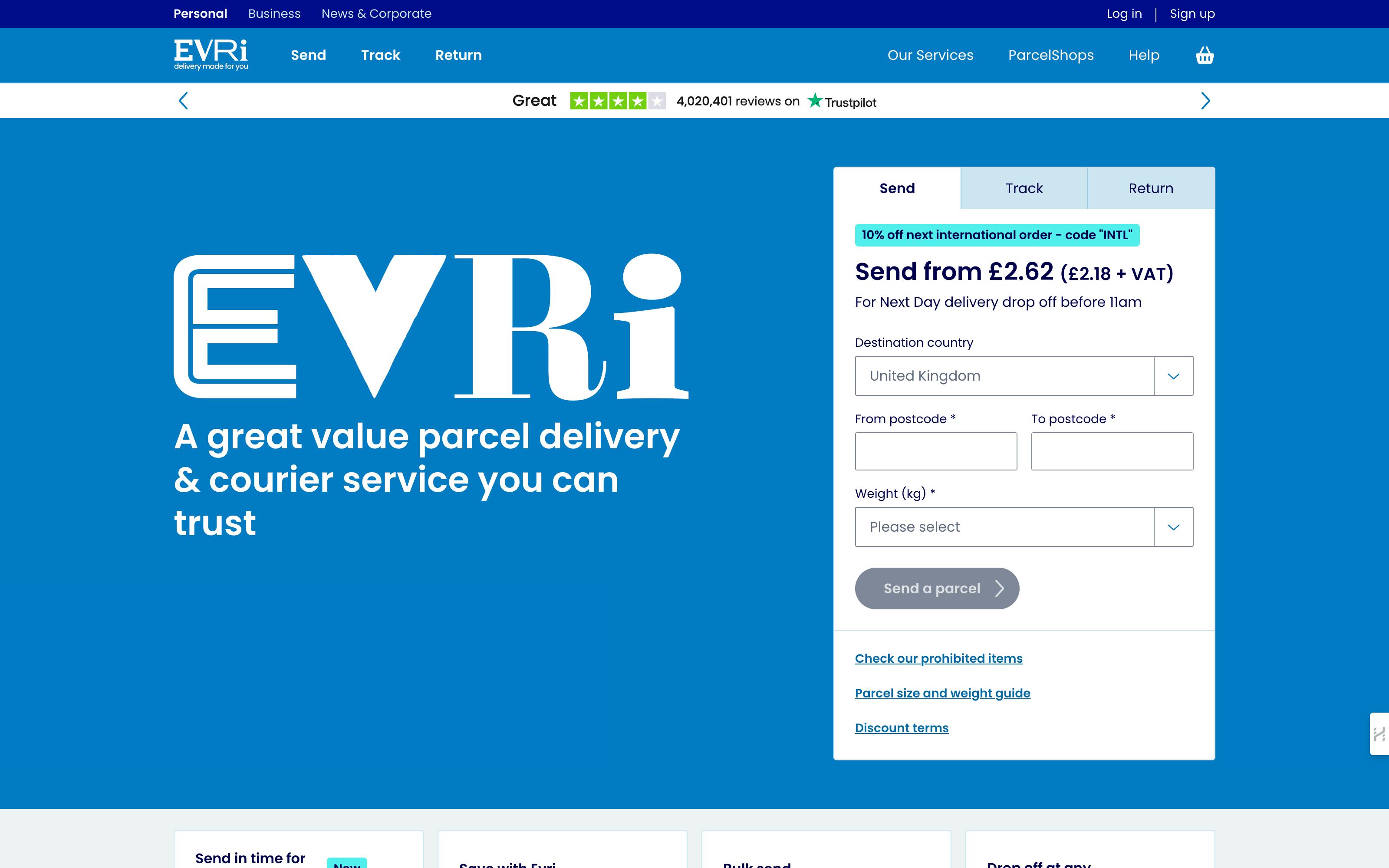How to Build CSS Accordions: 5 JavaScript-Free Methods That Actually Work

Accordions are UI components that allow you to organize content into sections that expand or collapse when users interact with them, typically by clicking. Common use cases include FAQs, navigation menus, product filters, and mobile layouts where screen space is limited.
They help you present information in a structured, user-friendly way while keeping pages clean and easy to scan.
In this article, you’ll learn how to create accordions using just CSS. We’ll cover various approaches, including using the <details> and <summary> components, as well as working with CSS Flexbox and Grid.
Benefits of accordions in websites
Accordions offer several advantages that make them a popular choice for organizing content on websites:
- Space-saving design: Accordions enable you to hide content from view, reducing the amount of visible information and keeping layouts tidy.
- Improved focus: Users can open only the sections they’re interested in, making information easier to digest.
- Interactive experience: The expand-and-collapse behavior feels intuitive and has become a standard way of presenting grouped content online.
- Mobile responsiveness: Works especially well on smaller screens where space is limited and you can’t display all content at once.
- Versatility: They’re great for FAQs, product filters, step-by-step instructions, navigation menus, and more.
Different ways of building CSS accordions
There are several ways to build a CSS accordion, each offering different levels of simplicity, customization, and control. Let’s explore some of the most common approaches.
For this section, the :target, Flexbox, and Grid approaches will use the HTML structure below:
<div class="accordion">
<div class="accordion-item" id="item1">
<a href="#item1" class="accordion-header">Accordion Item 1</a>
<div class="accordion-content">
<p>This is the hidden content.</p>
</div>
</div>
</div>
<div class="accordion">
<div class="accordion-item" id="item2">
<a href="#item2" class="accordion-header">Accordion Item 2</a>
<div class="accordion-content">
<p>This is the hidden content.</p>
</div>
</div>
</div>Using <details> and <summary>
The <details> and <summary> elements provide a native, browser-supported method for creating collapsible sections. They require no JavaScript and work well for simple use cases, such as FAQs.
This approach is the fastest and most straightforward way to create an accordion. It comes with built-in browser behavior, requires little CSS, and has good accessibility support by default.
<details>
<summary>Accordion Item 1</summary>
<p>This is the hidden content that appears when clicked.</p>
</details>Explore the pen for this method:
Using the :checked selector
This method works by pairing a hidden checkbox with a label. When the user clicks the label, the checkbox switches to a checked state, which you can target in CSS using the :checked pseudo-class. This allows you to reveal or hide the accordion content without any JavaScript. It’s simple, flexible, and lets you add smooth transitions for a better user experience.
This method gives you full control over the accordion’s design and behavior while staying JavaScript-free.
/*HTML skeleton*/
<div class="accordion">
<div class="accordion-item">
<input type="checkbox" id="item1">
<label for="item1" class="accordion-header">Accordion Item 1</label>
<div class="accordion-content">
<p>This is the hidden content.</p>
</div>
</div>
</div>/*HTML CSS code*/
.accordion input {
display: none;
}
.accordion-content {
max-height: 0;
overflow: hidden;
transition: max-height 0.3s ease;
}
.accordion input:checked ~ .accordion-content {
max-height: 200px;
}Here’s the pen for this method:
Using :target
:target is great when you want to link directly to a specific accordion section from a URL. It’s simple to set up and doesn’t require additional input elements like checkboxes. The :target pseudo-class toggles visibility based on the active URL hash (e.g., #accordion1).
.accordion-content {
display: none;
}
.accordion-item:target .accordion-content {
display: block;
}Here’s the pen for this method:
Using CSS Flexbox
CSS Flexbox doesn’t create the toggle effect by itself, but is great for aligning headers, icons, and content neatly. You can combine Flexbox with the :checked or <details> method for structure.
.accordion-header {
display: flex;
justify-content: space-between;
align-items: center;
padding: 10px;
background: #eee;
cursor: pointer;
}Here’s the pen for this method:
Using CSS Grid
CSS Grid is another way to structure accordion content, especially if you want more complex layouts within each section.
.accordion-content {
display: grid;
grid-template-columns: 1fr 2fr;
gap: 10px;
padding: 10px;
}Here’s the pen for this method:
📖 Read our in-depth guides to learn more about CSS Flexbox and CSS Grid. 👇
CSS Flexbox vs Grid: Complete Guide & When to Use Each
Tailwind CSS Grid: Complete Guide & Examples
CSS accordion examples
We’ve seen different methods for implementing accordions. Now, let’s check out some examples.
Pure CSS accordion
Raúl Barrera’s pen showcases two sets of accordions. The first is built with the checkbox input and the second with radio.
CSS + HTML only accordion element
Alex Bergin’s accordion is also built with the checkbox input. It includes subtle animations that elevate the interaction when the accordion items open and close.
Pure CSS horizontal accordion
Aysha Anggraini's accordion switches axes and is horizontal instead of vertical. When users hover over the items, they expand to reveal the hidden within.
Funky pure CSS accordion
If you prefer an accordion that’s full of wild transitions and bright colors, then you’ll enjoy Jamie Culter’s pen.
Awesome accordion menu using only HTML & CSS
Ahmad Emran’s pen is another creative, colorful codepen with eye-catching effects.
Final thoughts
In this article, we’ve explored how CSS accordions can improve content organization. By combining clean HTML with modern CSS properties, you can build accordions that are both lightweight and user-friendly.
Don’t forget to test for accessibility and responsiveness to ensure a smooth experience across all devices.
FAQs
Why use a CSS-only accordion instead of JavaScript?
CSS-only accordions are lighter, require no external scripts, and can be easier to implement for simple use cases.
Can I add animations to a CSS accordion?
Yes, you can use CSS animations and transitions to create smooth expand and collapse effects. For example, you can animate the max-height property to make the accordion open and close smoothly:
How do I make a CSS accordion accessible?
Use semantic HTML like <details> and <summary>, add ARIA attributes (aria-expanded, aria-controls), and ensure keyboard navigation works.
What are common use cases for accordions?
They are widely used for FAQs, navigation menus, collapsible content sections, and mobile-friendly layouts.
Can I use CSS frameworks to build accordions?
Yes, CSS frameworks like Tailwind CSS or Bootstrap provide classes that can help style custom or pre-built accordion components.



